
How to Get Oil Stains Out of Leather: 5 Household Remedies
Oil stains on your beloved leather items can be an absolute nightmare. They're stubborn and unsightly and can ruin the aesthetic of your favorite leather purse or messenger bag. But don't despair just yet!
Proper knowledge and a few household items make restoring your leather to its former glory possible. While we don't recommend using any of these remedies on Latico products, you never know when this general knowledge might be helpful for your other leather pieces. So, stay tuned for all our go-to tips.

Oil Stains on Leather: Do's & Don'ts
When it comes to leather care, knowledge is indeed power. Here are some major do's and don'ts to keep your leather looking good and avoid risking potential damage.
Don't Put Off Handling Stains
Handling oil spots on leather with immediacy and caution can significantly enhance the effectiveness of the removal process.
Do Know Your Type of Leather
Aniline and suede are particularly sensitive and need gentler, dry methods like powder applications. For example, sprinkle cornstarch or talcum powder on them and let them sit overnight. In contrast, pigmented and PU leather can handle harsher substances, such as diluted dish soap or rubbing alcohol, for stubborn stains.
Don't Rub the Stain Aggressively
Refrain from rubbing the stain; use a clean, dry microfiber cloth or paper towel, pressing gently onto the spot to absorb as much oil as possible. Blot the stain starting from its outer edge and working your way toward the center to prevent it from spreading further.
Do Use Absorbent Materials
Dry powdered methods, including baking soda, cornstarch, or talcum powder, can be effective, especially for natural aniline leather. Apply your chosen absorbent onto the stain, then leave it for several hours, ideally overnight, to aid in drawing out the oil. Gently brush off the powder toward the leather's grain using a soft-bristled brush.
Don't Use Harsh Chemicals or Heat
Avoid using harsh chemicals such as bleach and ammonia on leather, as they can cause significant damage. Similarly, using heat sources like hairdryers to speed up drying can cause the leather to crack. Stick to natural drying methods and gentle, leather-safe cleaning agents.
Do Consult a Professional for Tough Stains
For severe or old stains that home remedies cannot entirely remove, professional leather cleaning services offer advanced treatments and leather restoration techniques. These professionals have the expertise and tools to handle tough stains. They can significantly extend the life of your leather items.

5 Household Remedies for Oil Stains
We don't recommend using household remedies on your Latico bags or wallets; however, this information may be helpful in a pinch for a leather product by another manufacturer. Here are some everyday household items for successful leather stain removal.
Talcum Powder Method
Sprinkle a generous amount of talcum over the oil spot on the leather, ensuring a thorough covering of the stain. Let it sit overnight. This allows the powder to absorb the oil diligently. Then, brush off the talcum powder using a soft-bristled brush.
Cornstarch Application
Like talcum powder, cornstarch removes grease from leather. Begin by gently dabbing the oil stain with a clean cloth to remove excess oil. Then, sprinkle cornstarch over the oil-based stain, ensuring it's fully covered. Leave it overnight to give the cornstarch enough time to soak up the oil. Dust off the cornstarch using a soft cloth or a brush the following day.
Baking Soda Solution
Sprinkle baking soda over the stain, providing a thick layer for optimal absorption. Let it sit overnight, enabling the baking soda to lift the oil from the leather. Brush off the powder gently and examine for any remaining stains. Repeat if necessary.
Dish Soap & Warm Water
A mixture of dish soap and warm water is effective for less vulnerable leather types, like pigmented leather. Combine equal parts dish soap and warm water, then whisk until suds form. Apply the suds to the stained area using a microfiber cloth and rub gently, following the leather's natural grain. Wipe off the soap with a clean, damp cloth before using a towel to blot dry the leather.
Specialized Cleaning Solutions
Saddle soap: Dampen a soft cloth, apply a little amount of saddle soap, and gently work it into a lather on the stained area. Follow the leather's natural grain. Wipe off the soap using a clean, damp cloth and leave it to dry naturally.
White vinegar & water mix: To achieve a leather-friendly solution, mix a tablespoon of white vinegar with water. Dab this mixture onto the oil stain using a sponge or a clean cloth. After cleaning, condition the leather by mixing vinegar with two parts of linseed oil, applying it to the leather, letting it sit for about 15 minutes, and then buffing it off with a soft, clean cloth.
Removing Oil From Different Types of Leather
Suede
With its soft, fibrous nature, suede is particularly sensitive to oil spots. Lightly blot the stain with a dry, clean cloth. For stubborn stains, apply a layer of cornstarch or talcum powder and leave it overnight. Brush it off with a soft suede brush. If necessary, consider professional help.
Faux Leather
Faux leather, resilient and sturdy, allows for more robust cleaning methods. Dampen a cloth with warm water and dish soap and rub it gently onto the stain. For stubborn spots, white vinegar or rubbing alcohol assists in lifting the oil. Apply a specialty faux leather conditioner after cleaning.
Delicate Leathers
Delicate leathers like full-grain, top-grain, bonded, and genuine leather demand a more sedate approach. Blot the spill using a dry cloth, then dust some baking soda or cornstarch onto the spot and let it sit for a few hours. Wipe away the powder and condition the area with a natural leather conditioner. Always spot-test any new product or method in an inconspicuous area first.
Frequently Asked Questions
How can I degrease a leather couch?
A homemade mix of equal parts white vinegar and water can degrease your leather couch. Apply it with a damp cloth, focusing on heavily soiled spots, ensuring the material is not excessively wet.
Will dish soap remove oil from leather?
A teaspoon of dish soap in a cup of water can help eliminate oil from leather. Apply it with a clean cloth, using small, gentle circular motions. A combination of mild dish soap like Dawn and water is an excellent cleaner for various leather types. However, it's essential to use it carefully. Remember, leather isn't waterproof, so add the moisture sparingly.
Can WD-40 remove stains from leather?
Yes, WD-40 can address stubborn stains on leather items. Spray directly on the stained areas, let sit for a few minutes, and wipe away the formula residue and the stain.
How to remove oil stains from leather bags?
Use a dry, clean cloth to wipe off your leather bag's oil, grease, or sunscreen. Applying a generous amount of cornstarch or baking soda on persistent stains and patting it before leaving overnight can also prove effective.

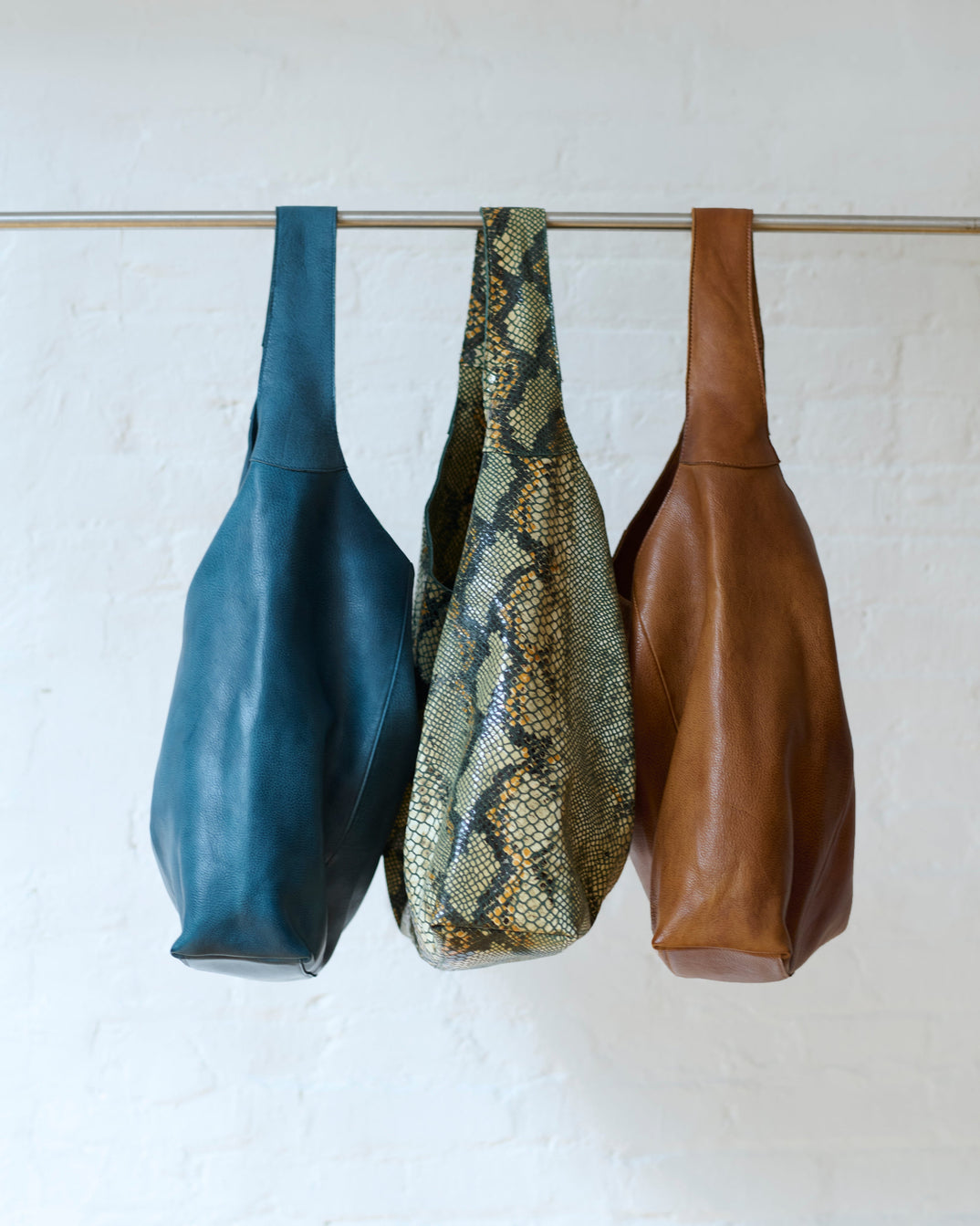
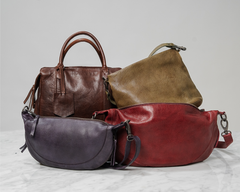

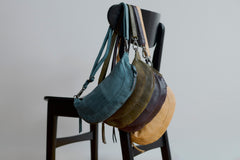
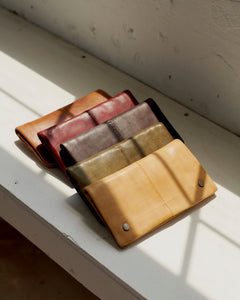


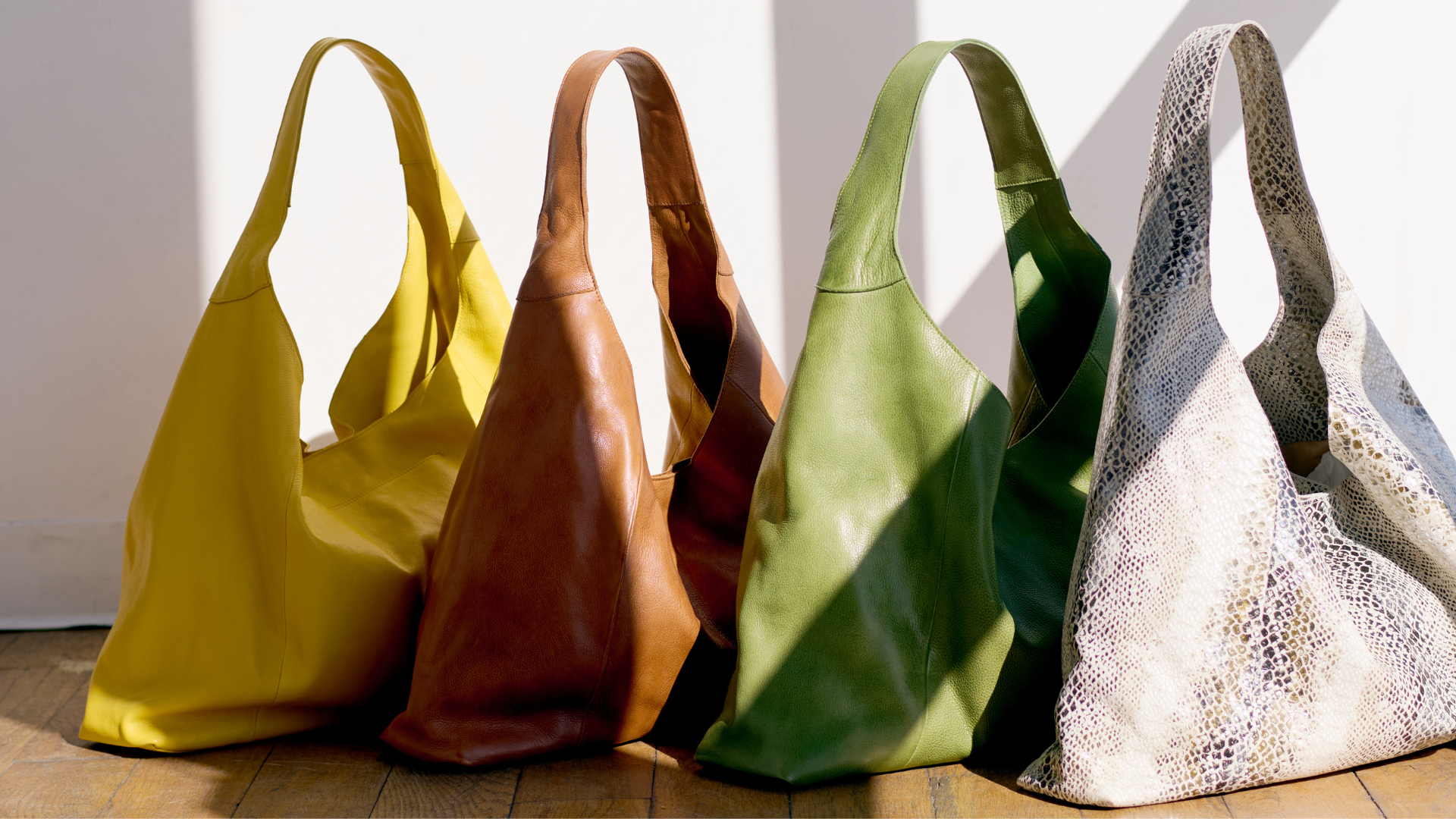
 Black
Black Bubble Black
Bubble Black Charcoal
Charcoal Cognac
Cognac Brown
Brown Cafe
Cafe Walnut
Walnut Almond
Almond Saddle
Saddle Eggplant
Eggplant Oxblood
Oxblood Burgundy
Burgundy Aubergine
Aubergine Tan
Tan Hazel
Hazel Ballet Slipper
Ballet Slipper Blush
Blush Camel
Camel Red
Red Orange
Orange Natural
Natural Burnt Orange
Burnt Orange Poppy
Poppy Plum
Plum Rosa
Rosa White
White Oat
Oat Grey
Grey Cobra
Cobra Desert Trail
Desert Trail Denim
Denim Indigo
Indigo Emerald
Emerald Teal
Teal Turquoise
Turquoise Sky Blue
Sky Blue Grass
Grass Green
Green Moss
Moss Olive
Olive Yellow
Yellow Lemon
Lemon Honey
Honey Chartreuse
Chartreuse Mustard
Mustard
